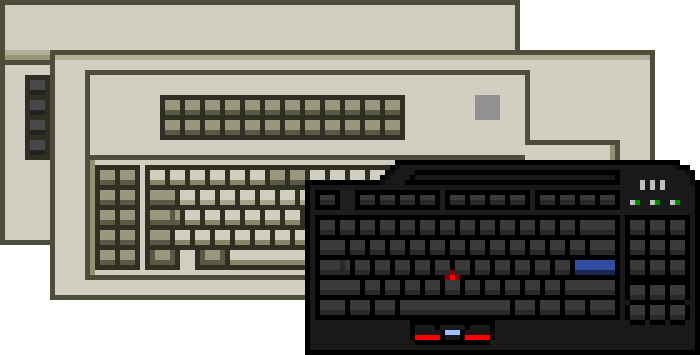P/N 1386965 - Model F Keyboard Details & Specs
Provided by the ASK Keyboard Part Number Database
IBM Function Key Keyboard
| Type | Model F Type II 104-key Converged Keyboard (313X type Model F) |
|---|---|
| Nickname | Unsaver |
| OEMs or ODMs | IBM |
| Keyswitches | IBM capacitive buckling springs |
| Earliest appearance | |
| Original keycaps | PBT with dye-sublimated legends |
| Cover colour | Pearl White |
| Branding | IBM silver square badge |
| Feet | Dual-setting riser feet |
| Protocol | IBM Mode 2 (scancode set 3) |
| Connection | Grey coiled-style fixed screwable DIN (240) cable |
| Number of keys | 104 |
| Form factor | Unsaver |
| Layout & language | ISO |
| Additional notes | Comes with blue-legend F1-F10 row, non-inverted T-nav and numeric keypad secondary legends in the middle of the alphanumeric block |
| Data last updated |

